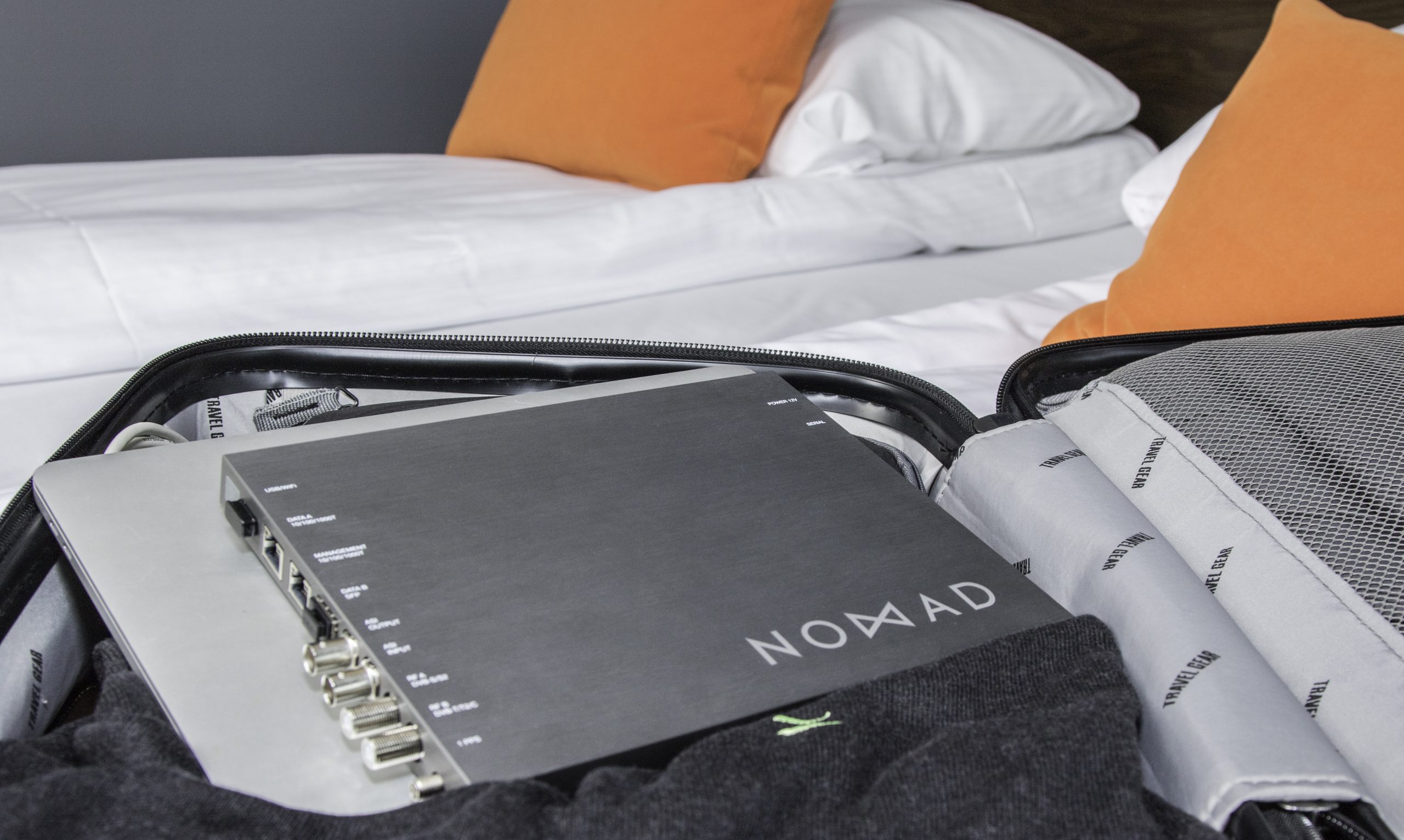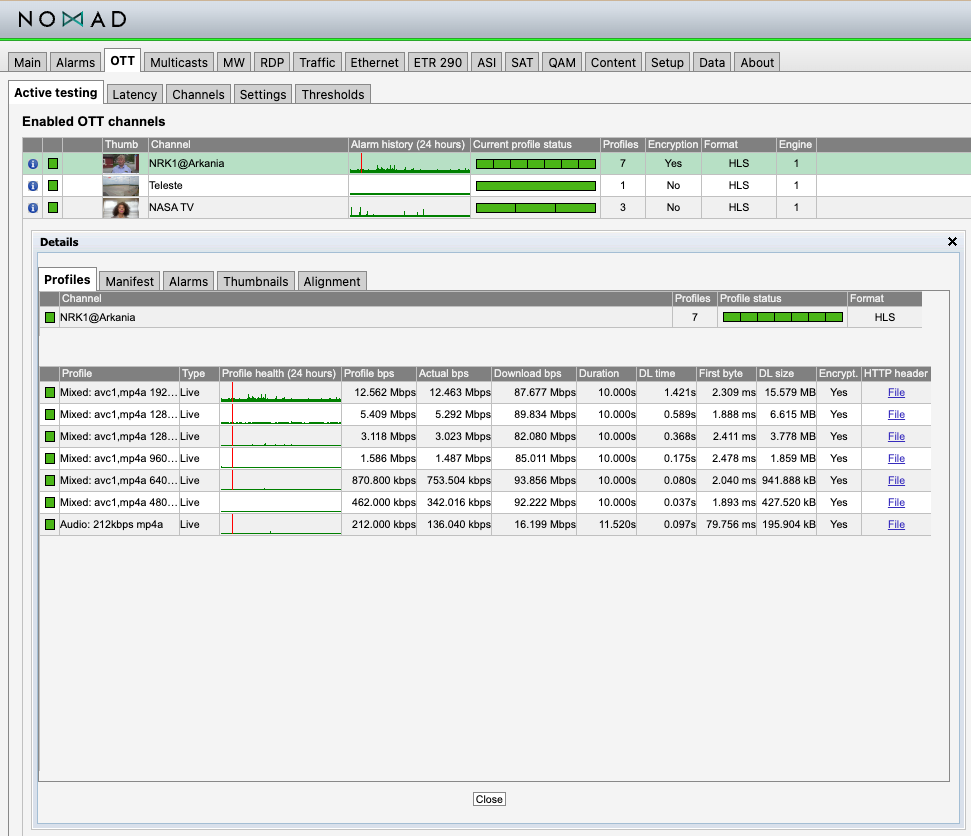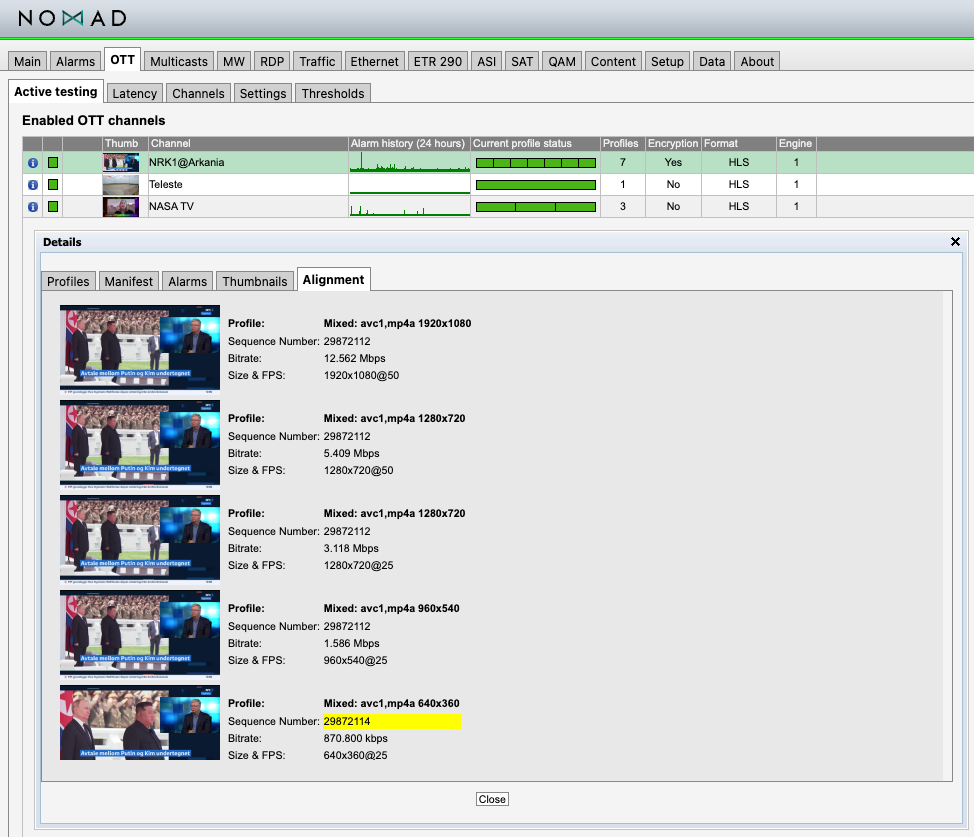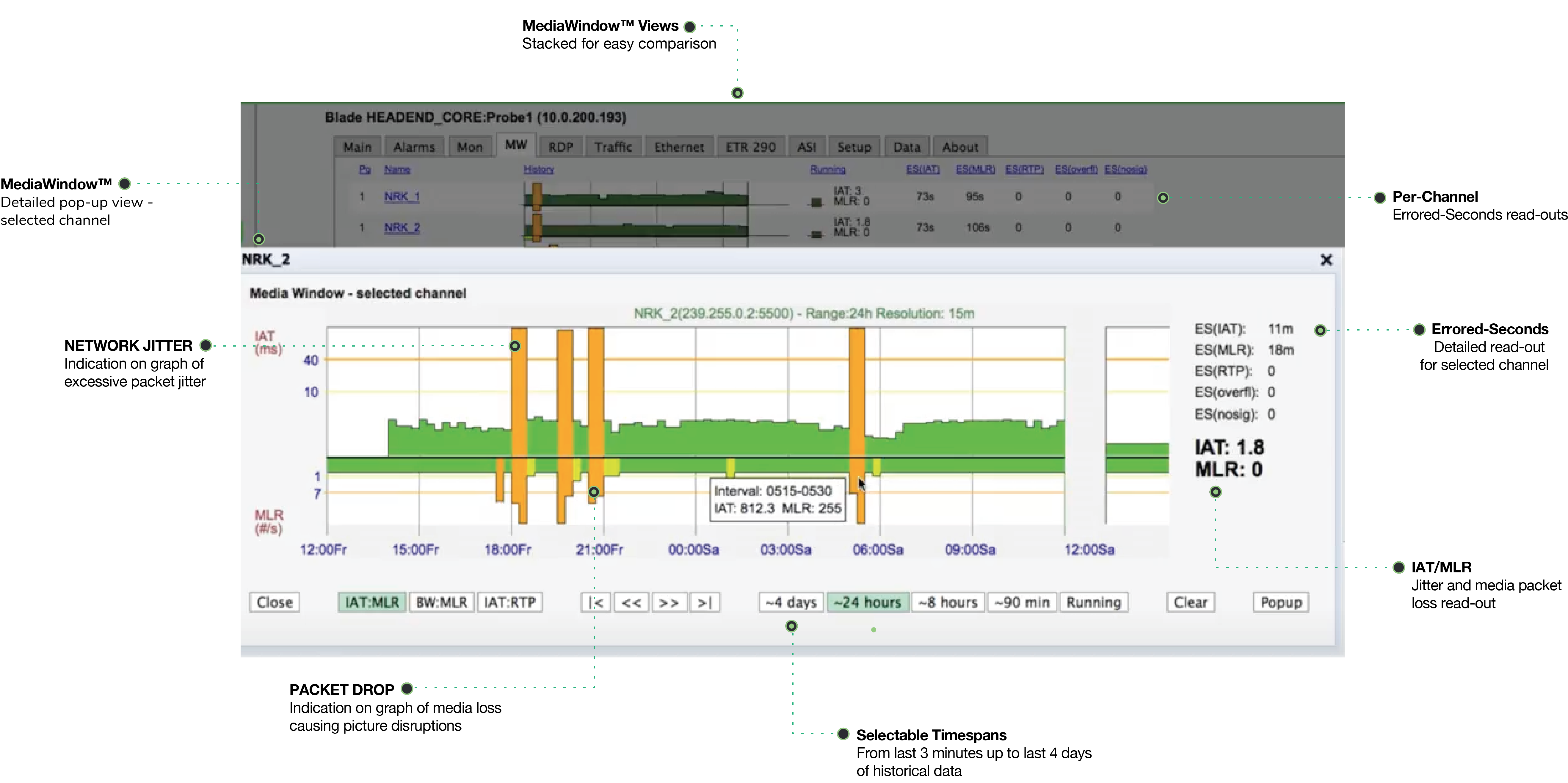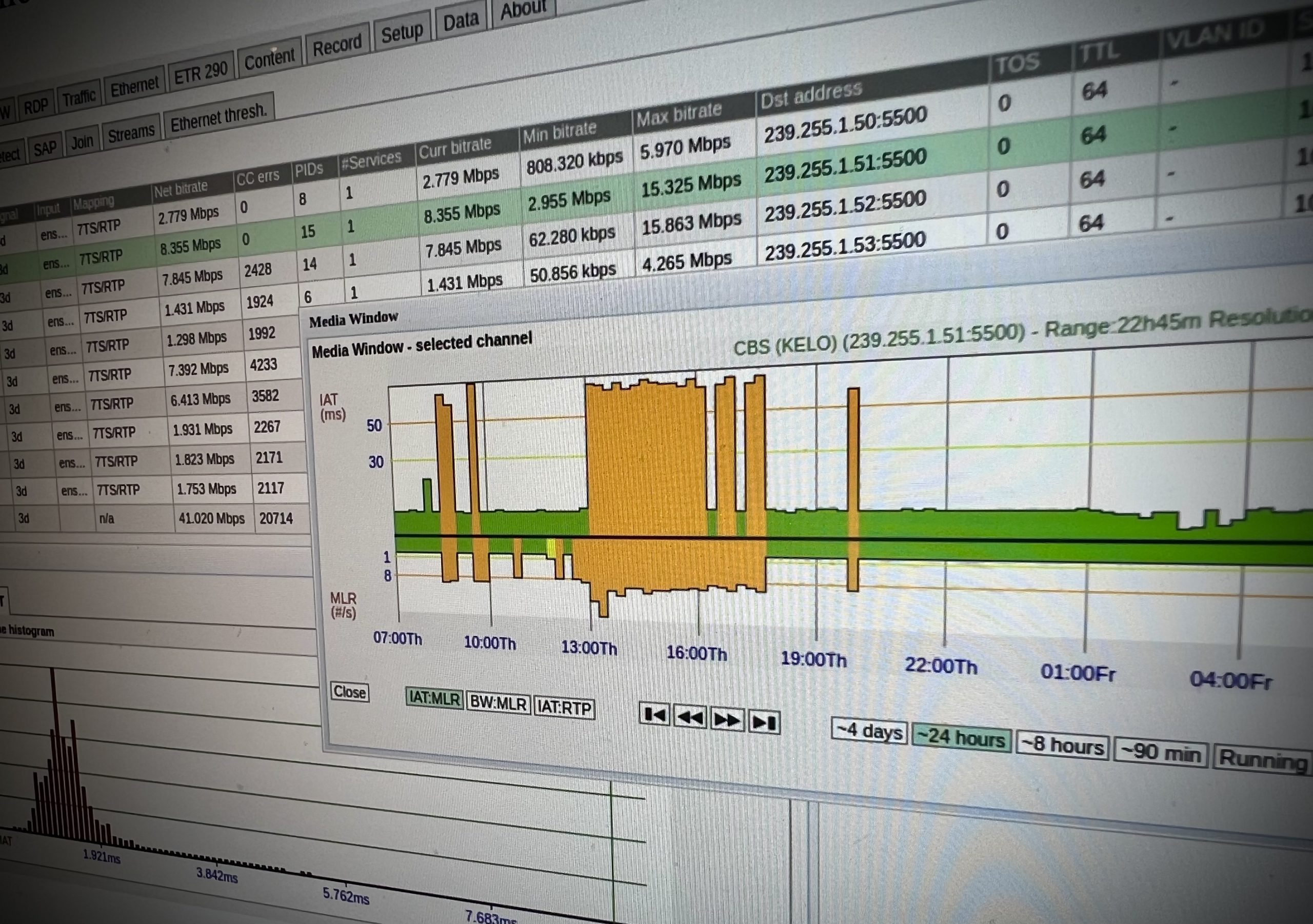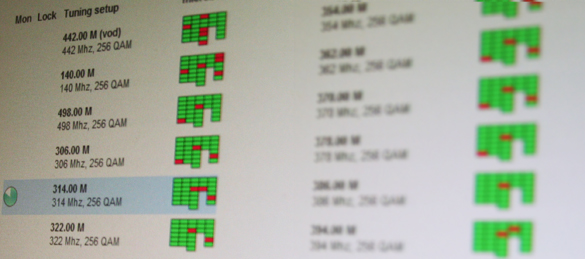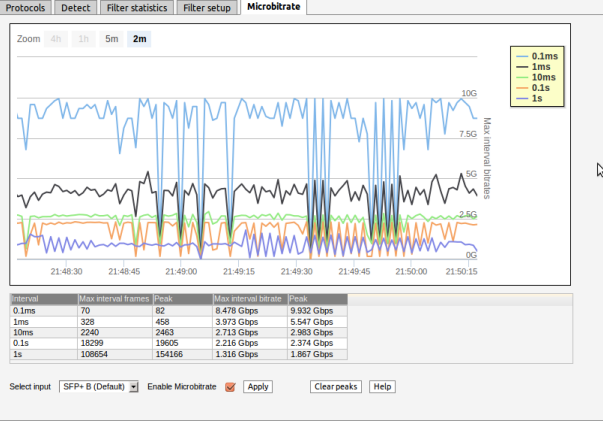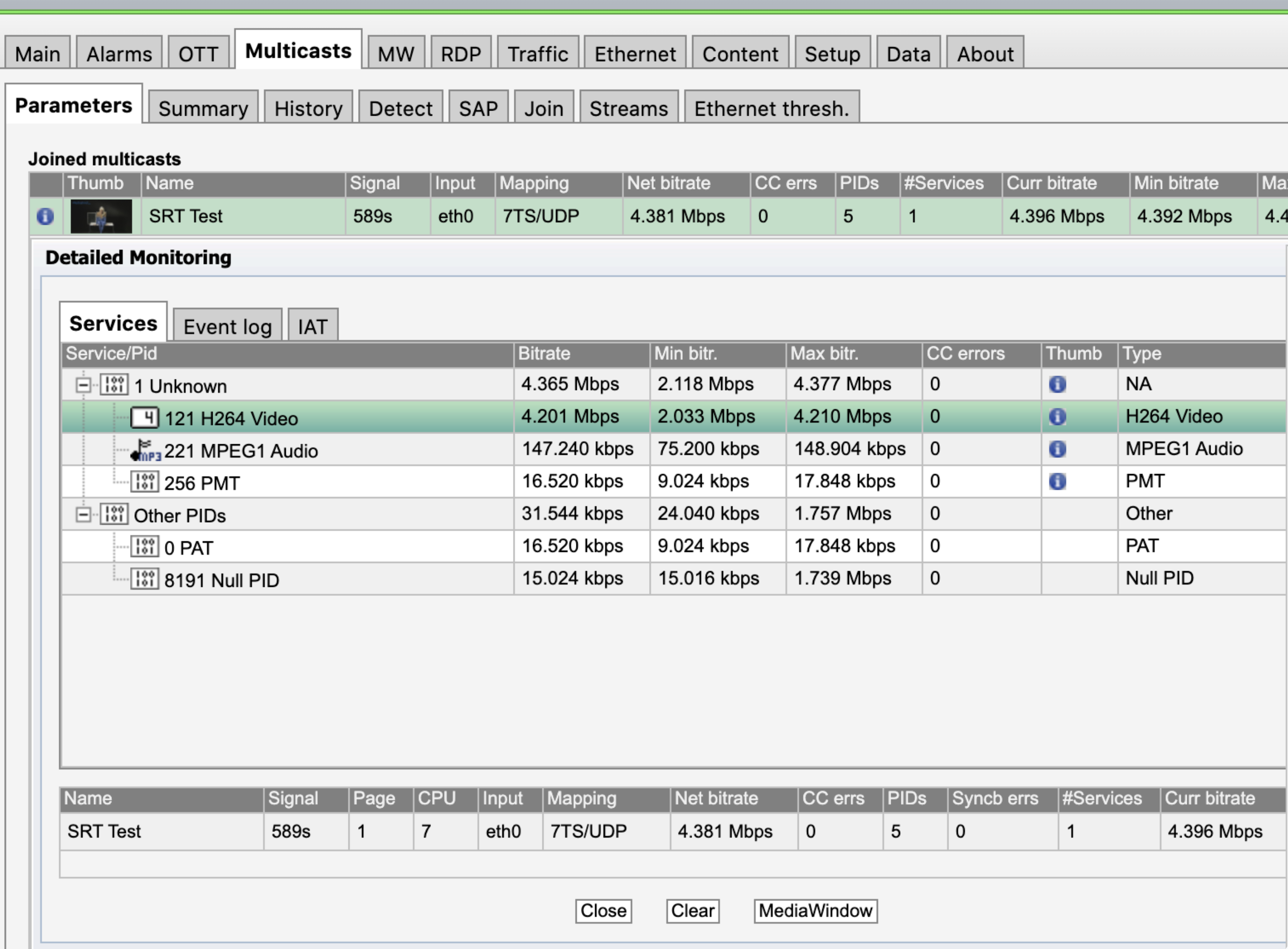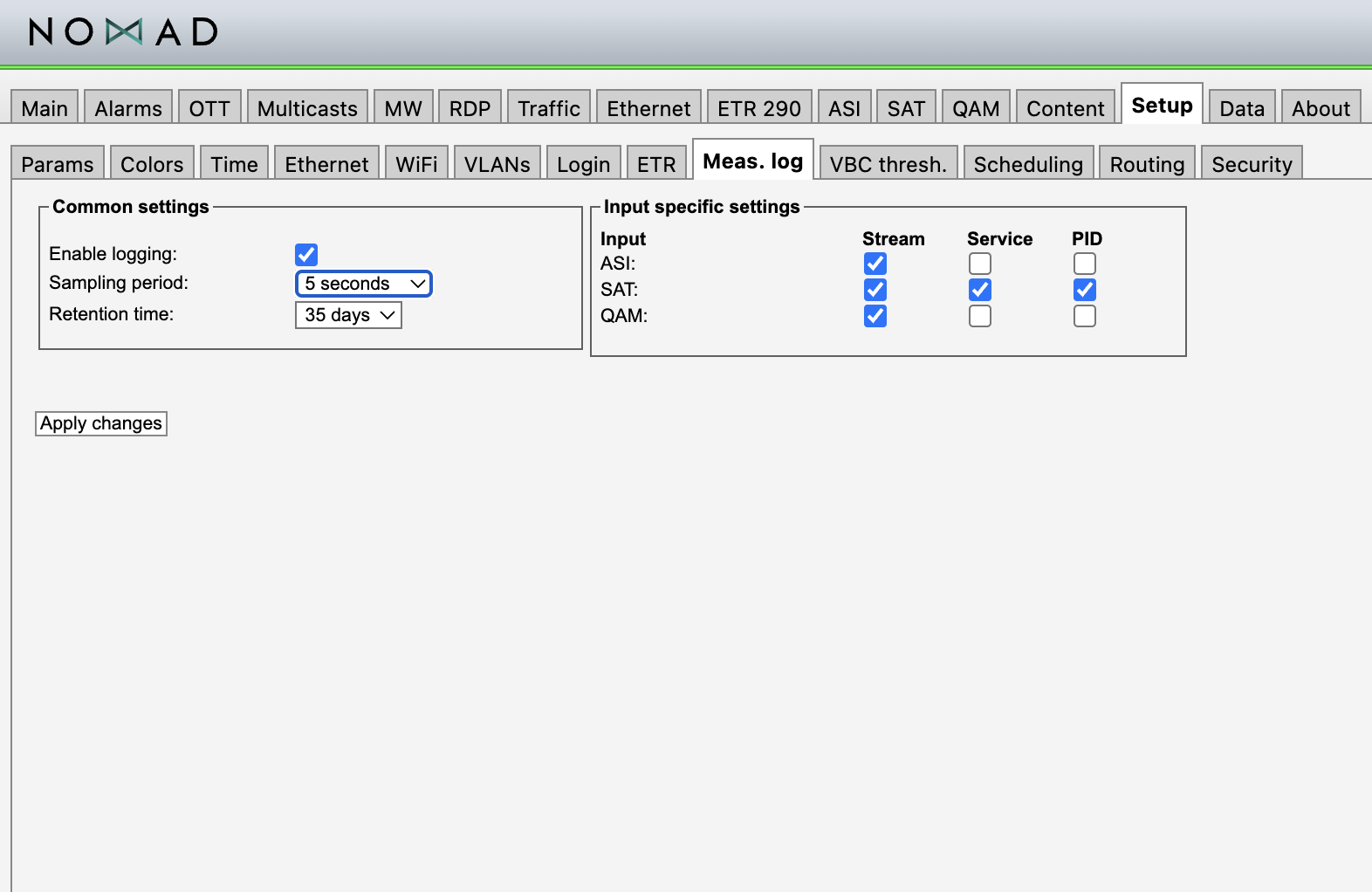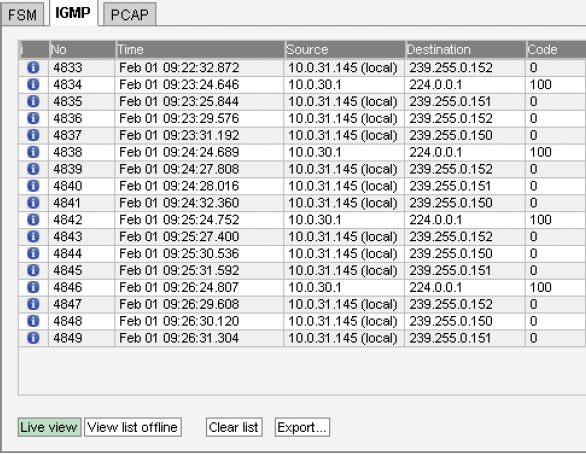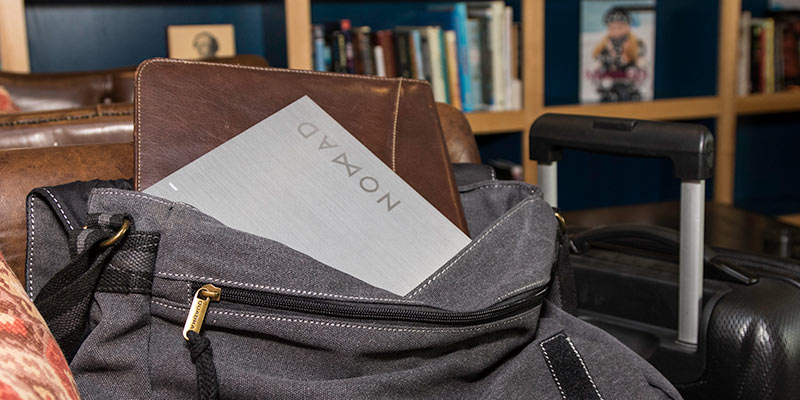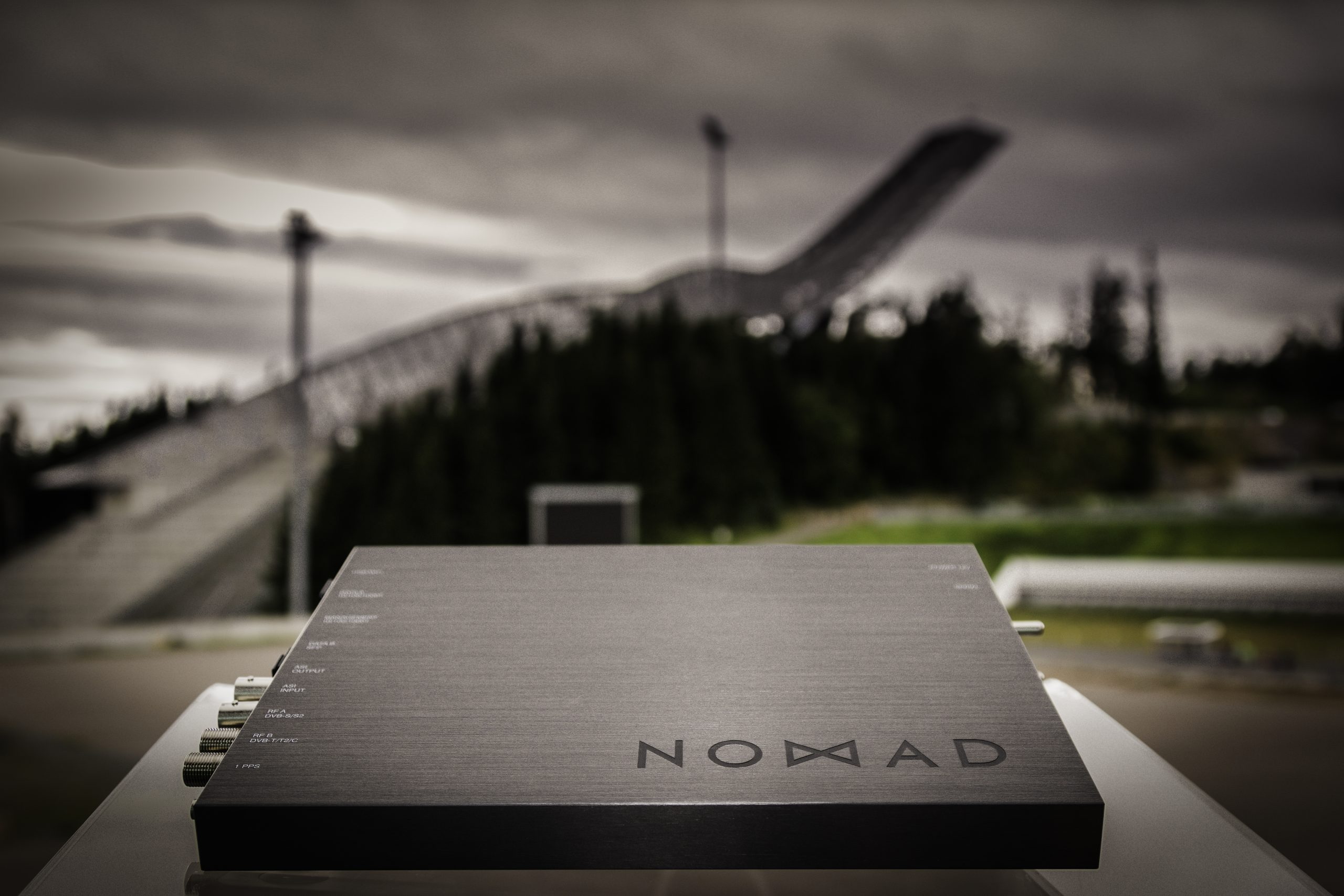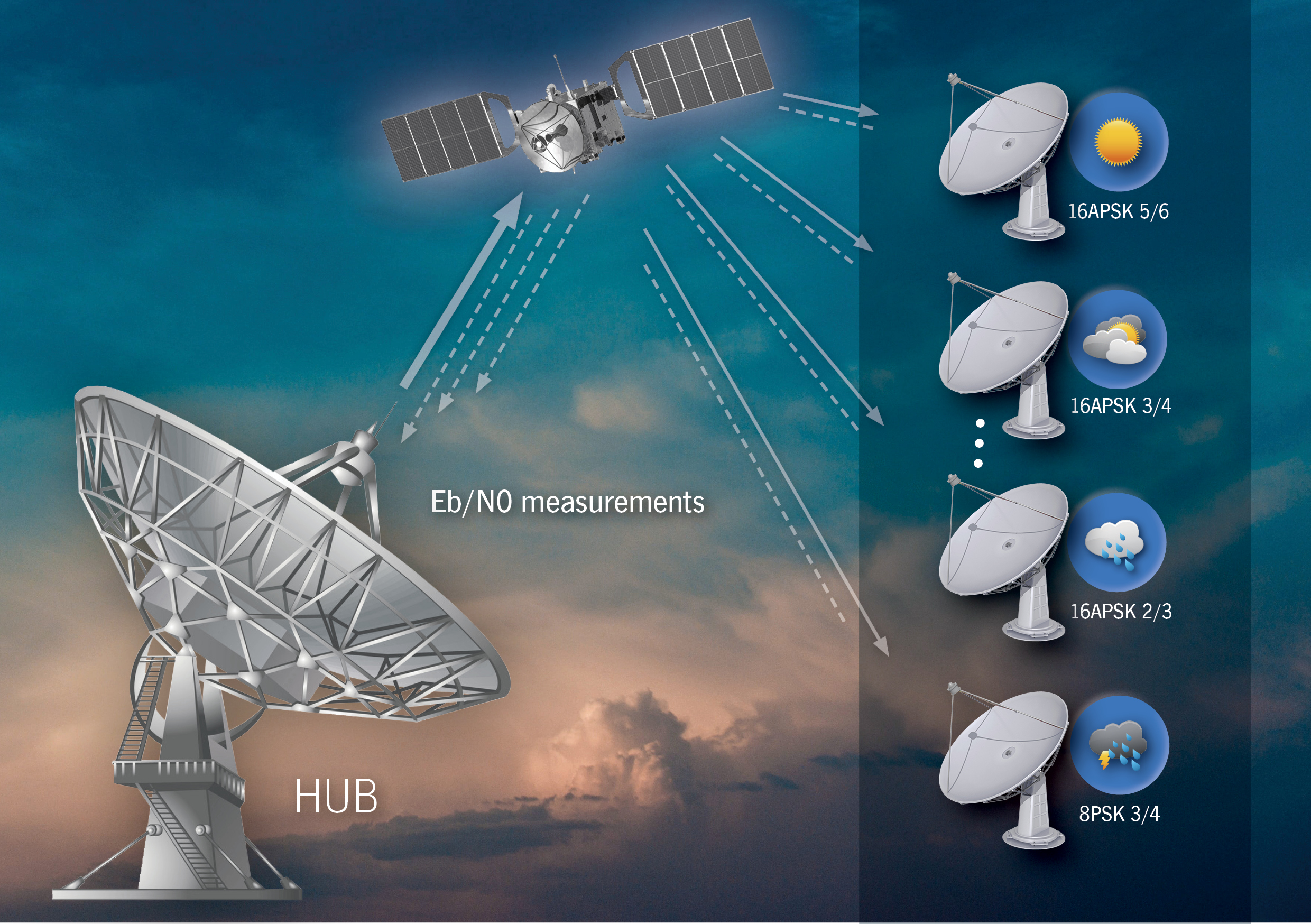ETHERNET
• 10/100/1000T RJ45 gigabit Ethernet interface for video/data analysis
• SFP port for optical gigabit connectivity
• Optional second RJ45 gigabit Ethernet port
• Web-based management interface
• SSH/TELNET/FTP terminal
• Relay video multicasts to 3rd party targets using RDP
• Laser power received level for fault finding in optical networks
DVB-S/S2 SATELLITE
• Supports DVB-S and DVB-S2 8PSK, 16APSK, 32APSK, GOLD CODES, SIS
• L-band input from 950 – 2160 MHz
• Symbol rate range between 1 – 45 MS/s
• 13V/18V/22kHz and DiseqC 1.0 capable for switch control
• High-end RF performance with constellation diagram and over 20 RF parameters
DVB-T/T2/C TERRESTRIAL & CABLE (European version only)
• Supports DVB-T EN 300-744 and DVB-T2 EN-302-755 (v1.3.1)
• Supports ITU.T J.83 Annex A/C for cable networks (QAM16 up to QAM256)
• Frequency range: 43 – 1002 MHz. Bandwidth 5, 6, 7 and 8 MHz
• Channel Impulse Response diagram & constellation diagram for DVB-T/T2
ATSC TERRESTRIAL & CABLE (US version only)
• 8VSB for ATSC terrestrial applications
• QAM Annex A/B/C for cable applications
• Symbol rate 0.7-7.2MS/s
• QAM modes 16,32,64,128,256
• Constellation plot
1PPS
• Offers GPS syncronization down to 0.1 us accuracy
• Allows absolute network delay in SFN/T2MI networks to be measured
• Allows absolute Center Frequency Offset measurements on DVB-T/T2
ASI
• ASI input according to EN 50083-9, Annex B
• Supports Burst mode, Spread Mode and legacy M2S
• ASI output with selectable source from ASI, DVB-T/T2/C or DVB-S/S2 input
• Up to 211Mbit/s incoming rate (line speed ASI)
WiFi
• Provides 2.4 GHz Wireless Access Point service
• No setup – Nomad is WiFi Zone
• USB 2.0 IEEE 802.11 b/g/n 150Mbit/s dongle






